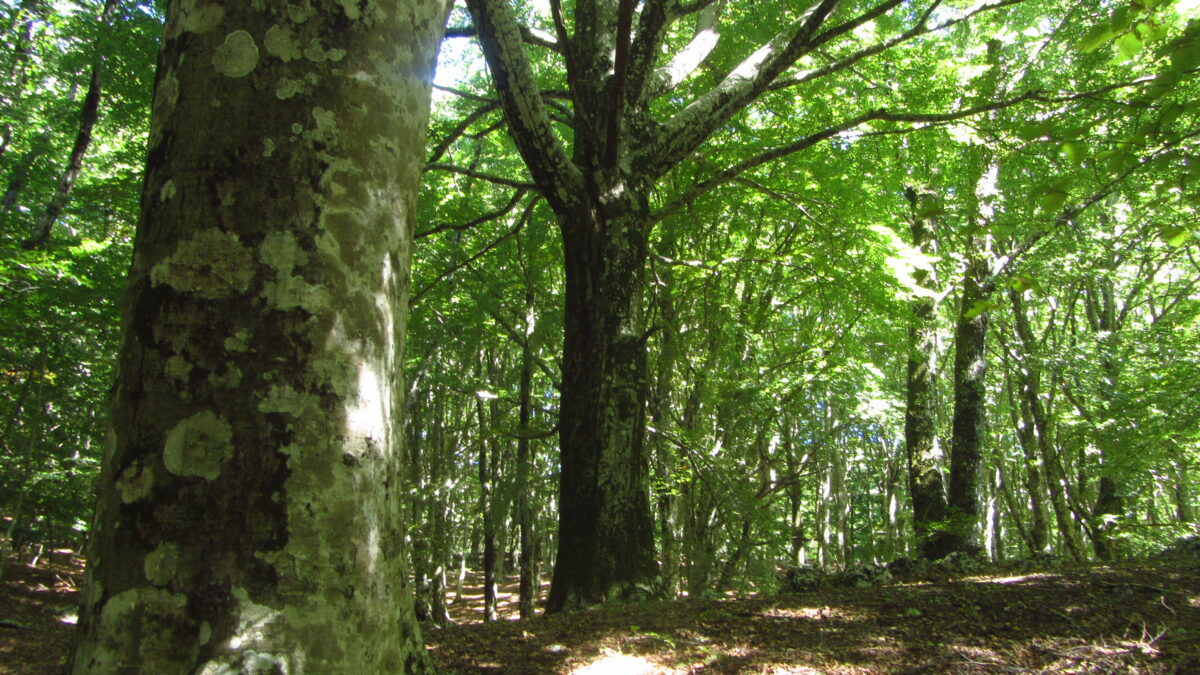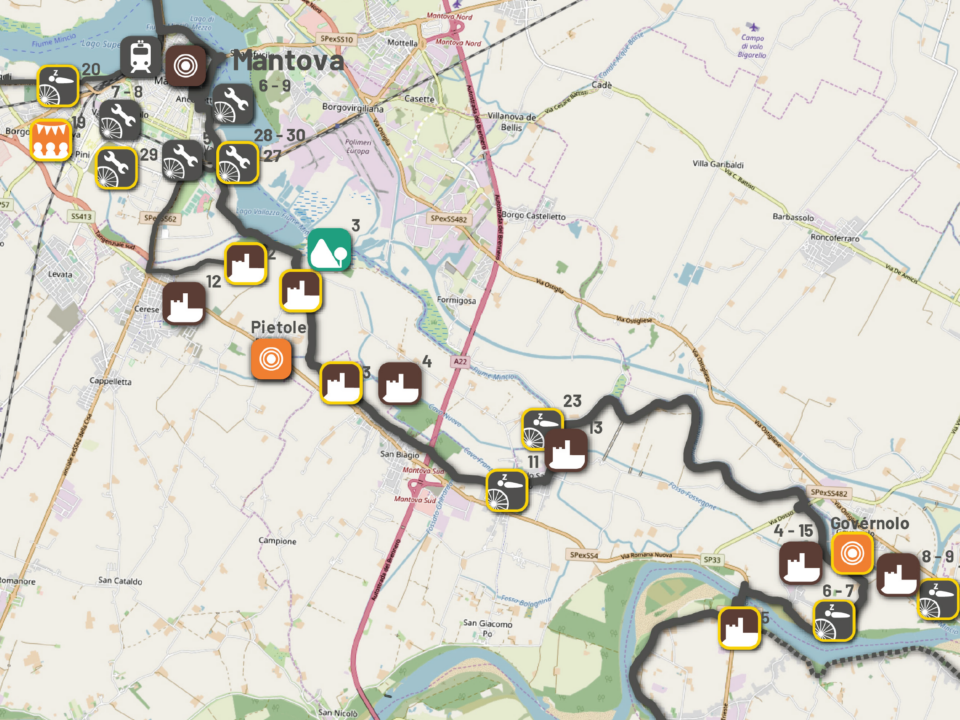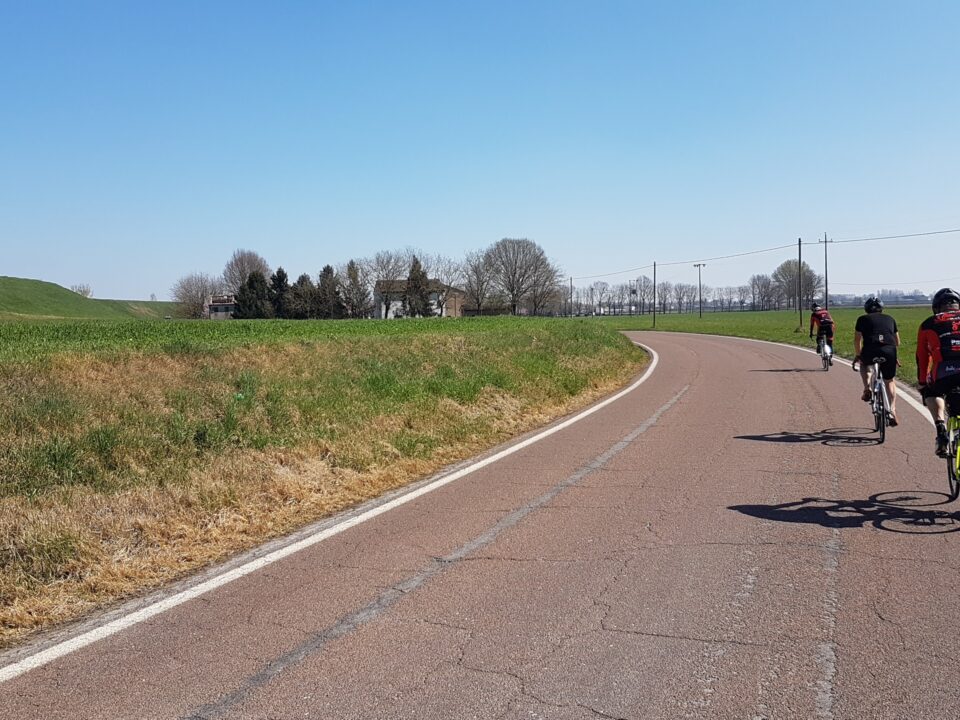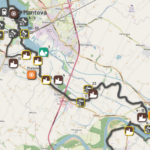
Crowd-mapping and Cultural Heritage
3 June 2024
Telos for NextMed with AENEAS Project
19 June 2024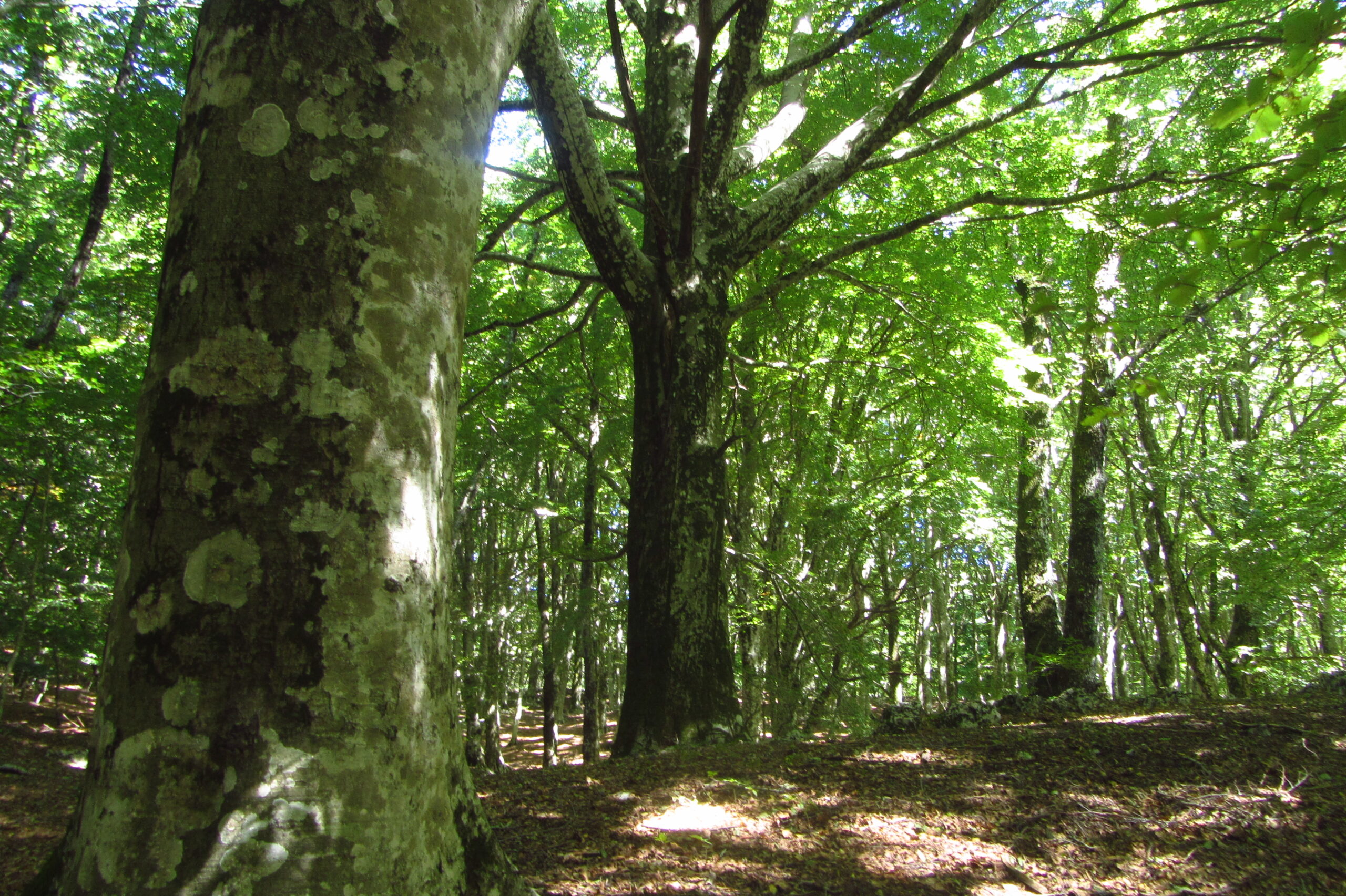
Ecosystem Services: Landscape and Cultural Services
September 2023
Telos is engaged in the exploration of tools and strategies for the effective use of Cultural Ecosystem Services in the planning and governance of the territory, whereas their application can greatly enrich the territorial project on the basis of a new landscape culture.
Value, services, landscape quality
The criteria for reading and investigating the landscape, as is well known, vary according to different disciplines, different skills, different methods and different objectives.
Telos looks at the landscape considering its two-fold objective and subjective dimension: the first one understood as a historical heritage of the community - sedimented and bearer of shared values -; the second one closely linked to the individual experience in daily life that, from perceptions, has repercussions on welfare (Council of Europe, 2000 - European Landscape Convention).
The social benefits derived from the quality of living environments are the subject of evaluation/qualitative and quantitative/statistical studies.
According to the Organization for Economic Cooperation and Development, landscape assessment requires a preliminary distinction between its characteristics (landscape character) and its value (OECD, 2011). The characteristics allow the identification of certain types of landscape (landscape typologies), while the value depends on the functions (functions or services) that each type of landscape carries out and on the type of needs that it is able to satisfy.
In these terms, it is therefore permissible to attribute to the landscape the ability to carry out a series of services, both material and intangible. Those services exist only in so far as there is a living society. A society that uses and attributes value to the landscape itself in an anthropocentric perspective in which the conditions for a sustainable development of the territory are traced (Haines-Young and Potschin, 2010) and in which Telos recognizes an operational tool with important potential.
The concept of landscape services has been adopted in the field of international research to define those services available to man that derive from its interaction with the landscape (Limburg, 2002) and are a derivation of the broader concept of Ecosystem Services at the scale of natural ecosystems (MEA, 2005).
Cultural Ecosystem Services to support planning
Internationally, in recent decades, Ecosystem Services have been progressively introduced into sustainable development agendas in order to define policies to reduce the loss of ecological functionality and the overall vulnerability of territories.
Ecosystem Services are defined as ecological characteristics, functions or processes that contribute directly or indirectly to human well-being, or as benefits communities derive from the functioning of ecosystems (Costanza et al., 1997; MEA, 2005) and can be grouped into 4 main categories: life support (such as the nutrient cycle, soil formation and primary production), supply (i.e. the production of food, drinking water, raw materials), regulation (i.e., mechanisms that regulate the composition of the atmosphere, water purification, the structure of animal and plant populations, hydrogeological risks); cultural ones (referring to the set of aesthetic, recreational, educational, identity values, etc.).
In particular, Cultural Ecosystem Services are defined as services provided by ecosystems that bring intangible benefits for individuals and communities. Services that enrich their cognitive, aesthetic and spiritual development, directly influencing the quality of life and characterizing the experiences of a reflective and identity nature (MEA, 2005). Those services are irreplaceable in economic and social terms for their particular intangible aspects; they synthesize, produce and re-produce the constant relationship between nature and culture, adhering to the functions and services that can be attributed to the concept of landscape and that of Cultural Heritage.
These services thus become bearers of values based on relationships, interactions and connections, synthesizing in their function closely linked to the perception of individuals and communities, the demands of nature (European Biodiversity Strategy, 2020) and the demands of landscape (European Landscape Convention, 2000).
The effectiveness of land governance practices that adopt an ecosystem approach, however, depends closely on the availability of spatialised information that adequately describes the services provided by ecosystems. The implementation of this concept has therefore become progressively a priority, especially in terms of measurability, mapping and evaluation.
Telos’ commitment
Telos develops methodologies for the integration of the domain of Cultural Ecosystem Services in the processes of landscape planning and governance applicable in the definition of landscape quality objectives, in the processes of ex-ante evaluation of urban planning tools and in the processes of ex- post monitoring and evaluation of landscape governance (assessment of loss, conservation, reproduction of cultural ecosystem services).
The main tool adopted is the participatory mapping of Cultural Ecosystem Services implemented through GIS methodologies. This allows to identify hotspots that need specific attention and to assess the consistency of management requirements for areas to which communities attribute particular values.
The commitment in this field of research allows Telos to strengthen the innovative principles of the European Landscape Convention, demonstrating that planning must necessarily integrate knowledge related to the structure and ecology of the landscape, to aesthetic and perceptive assessments of populations, coming to verify the presence of cultural values in everyday living environments and not only in contexts with exceptional characteristics of biodiversity or of specific historical value.
Bibliographical references
Consiglio d’Europa, 2000, “Convenzione Europea del Paesaggio”, in Congresso dei poteri locali e regionali del Consiglio d’Europa, Firenze 20 ottobre 2000, Ufficio Centrale per i Beni ambientali e paesaggistici.
Costanza, R., d’Arge, R., De Groot, R., Farber, S., Grasso, M., Hannon, B., Limburg, K., Naeem, S., O’Neill, R. V., Paruelo, J., Raskin, R. G., Sutton, P., & Van Den Belt, M. (1997). “The value of the world’s ecosystem services and natural capital”. Nature, 387(6630), 253–260.
Haines-Young R., Potschin M., 2010, “The links between biodiversity, ecosystem services and human well-being”, in Raffaelli D.G., Ecosystem Ecology: A New Synthesis. University Press, Cambridge, UK, pp. 110-139.
Limburg K.E., O’Neill R.V., Costanza R., Farber S., 2002, “Complex systems and valuation”, in Ecological Economics, n. 41, pp. 409-420.
MEA Millennium Ecosystem Assessment, 2005, “Ecosystems and human well-being: The assessment series”, Island Press, Washington, DC.
OECD, 2011, “Agricultural policy monitoring and evaluation”, in: OECD Countries and emerging economies, OECD Publishing, Parigi.

